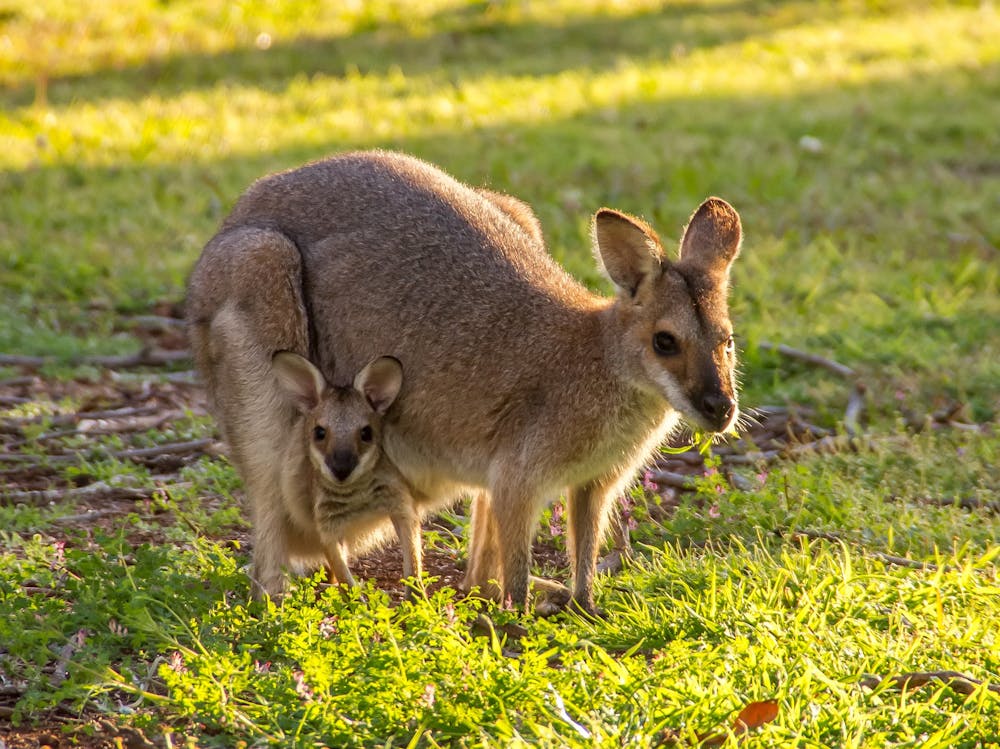What Are Mammals?
Mammals are “warm-blooded vertebrates that suckle their young and have body hair”
Nurse/suckle their young via specialized milk-producing glands (Mammary glands) which duct via a nipple (rudimentary in males)
Body hair – Some evolved to have little or no body hair (according to physiological requirements, habitat, climate, etc) but always evident during foetal stage at least (even in marine mammals).
Endothermic (“Warm blooded”) External ear structure Three bone structures (“ossicles”) in the inner-ear
Mammal Sub-Classes
The basic characteristics of a Mammal are indicated on the title page, however, there are divergent examples due to the massive diversity of species worldwide. Hence they have been further broken down into three sub-classes according to variations in reproduction and nourishment of their young.
1. Placentals –Young are nourished by means of a placenta (supplies food and oxygen to unborn foetus via umbilical cord) and born at a relatively advanced stage of development (varying – ―precocial‖ vs ―altricial‖ young) Characterized by having a longer gestation period.
Example: Any ―typical‖ mammal
2. Marsupials – Short gestation period (no placenta). Young emerge at an underdeveloped stage and crawl into a special abdominal pouch (marsupium) where the mammary glands are situated and continue their development there. (None occur in Africa)
Example: Kangaroo; Koala Bear; Opossum; etc
3. Monotremes – Egg-laying mammals. Have a single vent for the discharge of feaces and urine (cloaca – birds)
Example: Duck-billed Platypus; Echidna (Spiny Ant-eater).
Basic nutritional groups (Diet) and Digestive Systems
There are four basic nutritional groups of mammals:
1. Herbivorous: An animal that eats plant-matter (grass, leaves, etc)
2. Carnivorous: An animal that eats meat
3. Omnivorous: An animal that eats a combination of meat and plant products
4. Insectivorous: An animal that eats insects and other arthropods (or invertebrates)
Ensure that you do not confuse the term “insectivorous” with the mammal Order “Insectivore”. Not all species that eat insects, etc are classified as Insectivores. It is merely that they have a primarily insectivorous diet which is a merely an evolutionary niche occupation.









0 Comments
Your Comment Means A Lot!!